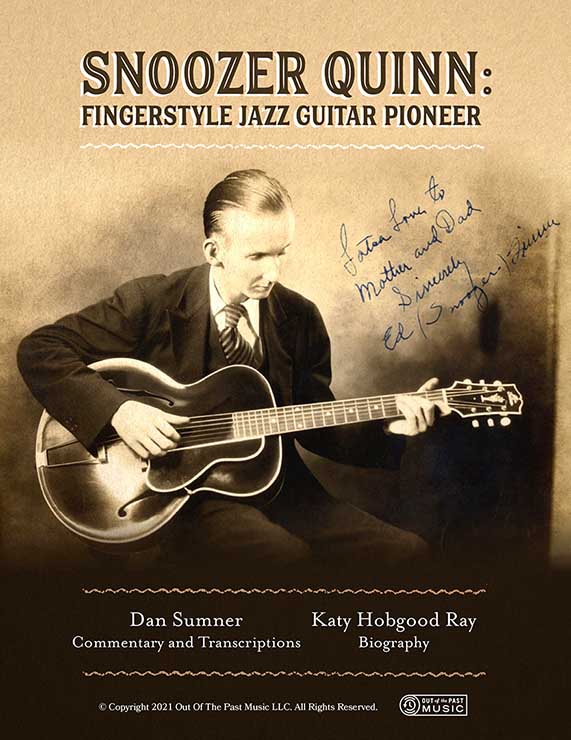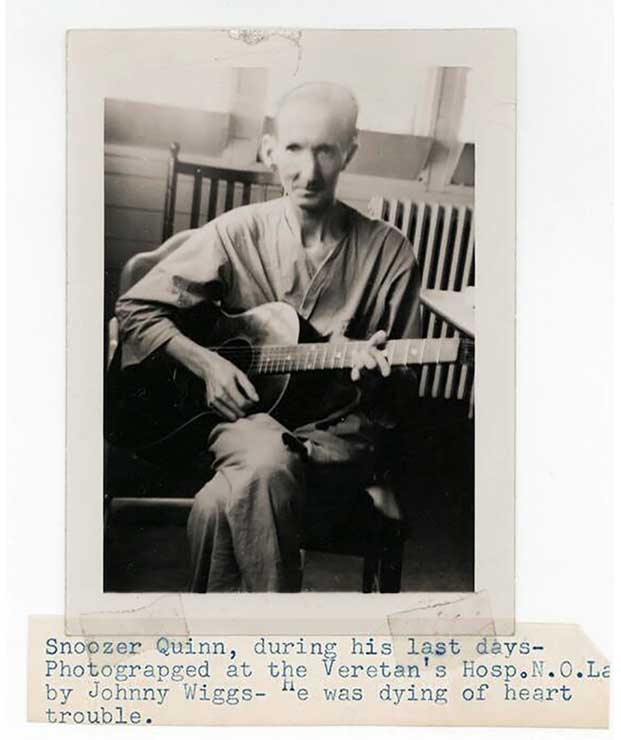Snoozer Quinn: Fingerstyle Jazz Guitar Pioneer
By Katy Hobgood Ray and Dan Sumner
Out of the Past Music LLC, 2021
Anyone who ever heard Snoozer Quinn play guitar said that he was the best they ever heard, including some of the top names in Jazz. Katy Hobgood Ray has vividly portrayed and thoroughly documented this obscure musician — her great-great uncle — for the first time in print.
Edward MacIntosh “Snoozer” Quinn (1907-1949) came within a whisker of disappearing from music history altogether, no more than a silent legend. However, a recording made shortly before his passing has left us a tiny fragment, a mere glimpse of his fading brilliance.
A Slim and Significant Volume
This thoroughly researched new title is proof that the legend of Snoozer Quinn is true. It’s the culmination of a more than a decade of focused effort. Every known image of Snoozer is reproduced including two color photographs with Louis Armstrong. It’s a beautiful tribute printed on very high-quality glossy paper in an 8 & ½-inch by 11-inch format.
This may be too slim a volume to call an authorized biography at only 103 pages. But this is probably as close as we’ll ever get. Though Hobgood Ray’s excellent narrative section is only thirteen pages, the deeply researched book is built out with other components: music transcriptions, a bibliography, interviews of his friends, end notes and a comprehensive discography. The authors have subjected every fact or figment associated with Snoozer to exhaustive examination.
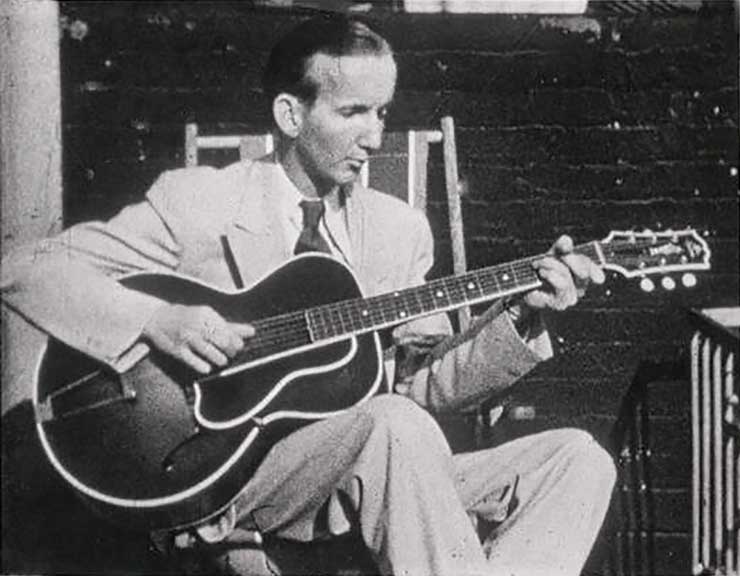
Katy Hobgood Ray is a recording artist, broadcaster and podcaster with a master’s degree in musicology from Tulane University. A Bogalusa native, she is a lifelong resident of the region and great-great niece of Snoozer.
The book was preceded in 2010 by an exhibit sponsored by the Louisiana State Museum and the Department of Music at Tulane University based on Ray’s research. It focused on the discovery of long forgotten silent film footage of Quinn which may be viewed at Snoozerquinn.com.
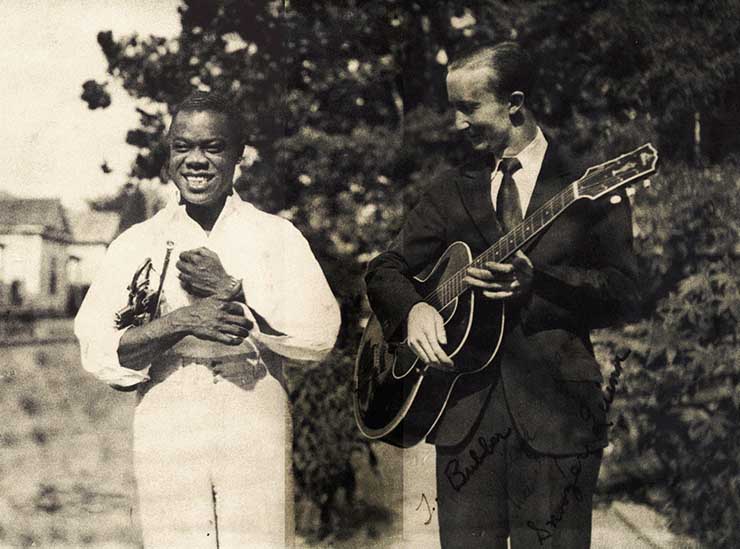
Sumner is an accomplished performer who has taught at universities in Indiana and Louisiana. He brings expert analysis to the task of transcribing the handful of surviving audio artifacts into guitar lead-sheets scored with tablature.
He finds a wide range of influences in Snoozer’s music, from the Country Blues to Swing and New Orleans Jazz, saying that while carrying the melody he accompanied himself with accented downstrokes, thumps and other rhythmic devices. Sumner also explains that the complexities of Quinn’s personal tricks and techniques cannot be fully transcribed nor played by any but the most skilled Jazz guitarists.
Quinn was without peer as attested to by those who heard or knew him, including the incomparable Jazz guitarists of the late-1920s like Eddie Lang. He was deeply impressed during Snoozer’s brief New York City outing.
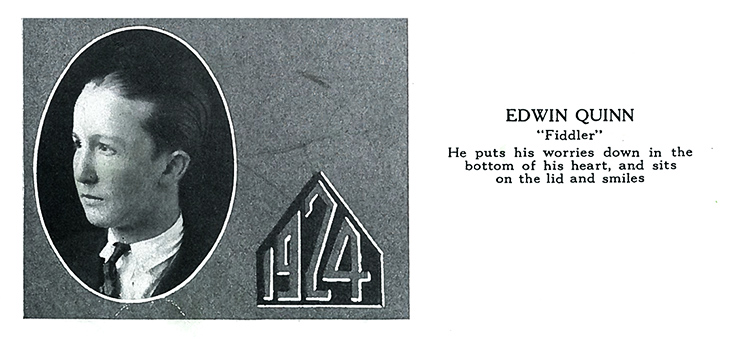
Emergence of a Prodigy
A native of Bogalusa, Louisiana, Quinn was a gifted multi-instrumentalist who mastered several stringed instruments by the age of seven, later moving to guitar. Young Edward was well-liked and played anything that made music, including fiddle, banjo, mandolin and piano. But he was a poor physical specimen with congenital deformities of his head.
During his high school years, Quinn entertained his friends and community at church and his brother’s barbershop. His professional local premier was with the Magic City Theater of Claude Blanchard.
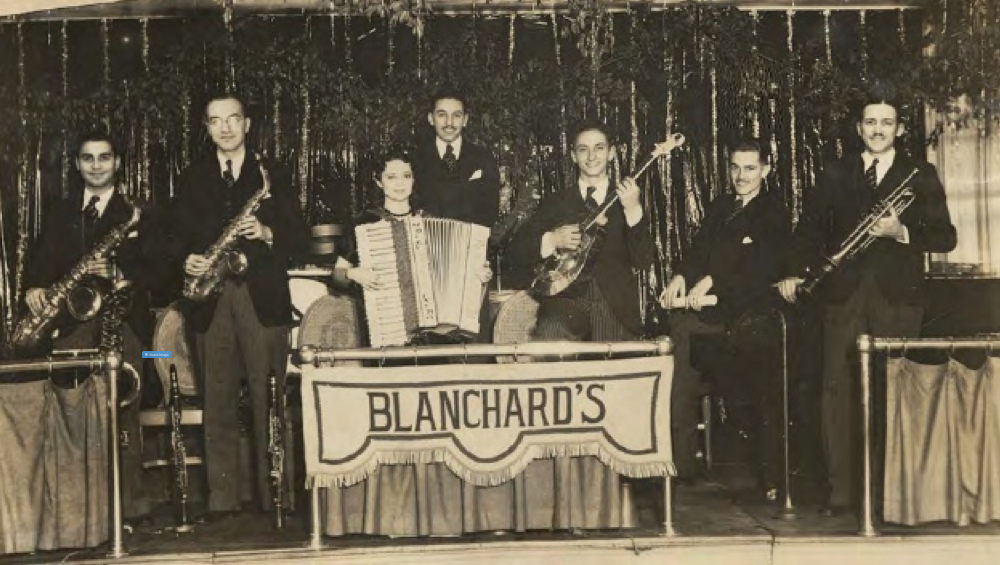
Inspired by Peck Kelly
By age thirteen Quinn was traveling the Southwest working in tent shows and chaperoned by his older brother. He joined a dance orchestra run by Mart Britt and troupes including the likes of Jimmie Rogers (“The Blue Yodeler”).
Snoozer first encountered the fabled pianist and bandleader Peck Kelly (1898-1980) in 1926. Kelly never left Texas nor recorded. Yet he’s considered one of the greatest Jazz musicians of all time. He mentored and fledged several stellar figures: clarinetist Pee Wee Russell, trombone player Jack Teagarden and trumpeters Wingie Manone and Louis Prima.
Peck was Quinn’s “greatest inspiration” according to New Orleans trumpeter Johnny Wiggs. Quinn told Wiggs that he was at first baffled by Peck but then awed by his masterful skills, “I was completely over my head . . . When I finally did realize it hit me hard.”
It may well have been Kelly who conferred on him the nickname “Snoozer” according to Alton Quinn, “because he was so good he could sleep and play at the same time.” This reflects his well-known skill of strumming guitar, while he reached out and shook your hand, without interrupting himself. It may have been this very trick which prompted bandleader Paul Whiteman to hire Snoozer at their first meeting.
Almost Working for Paul Whiteman
In New Orleans Quinn was jamming with guys from the Paul Whiteman orchestra – likely Trumbauer and Beiderbecke – when they insisted on introducing him to the bandleader. According to Wiggs:
“The stunt that got Snoozer the job with Whiteman was his ability to shake your hand and still play pizzicato and hold the chord with the other hand. He was playing ‘Tiger Rag’ and he stuck out his hand to Paul Whiteman in his room at the St. Charles Theatre. Paul swung around in his swivel chair and exclaimed, ‘Man, when can you come to work with me?’”
A musician’s musician, Quinn was well received in New York. His colleagues were blown away by his uncanny abilities crowding into his hotel room day and night urging him to play. Yet the other cats heard more of Snoozer than the public ever did.
Whiteman took him around to parties showing off Quinn like a trick pony. He made a few band recordings, but they failed to capture his sound which was inaudible in the band context. And the handful of solo discs he made were lost and have never been recovered.
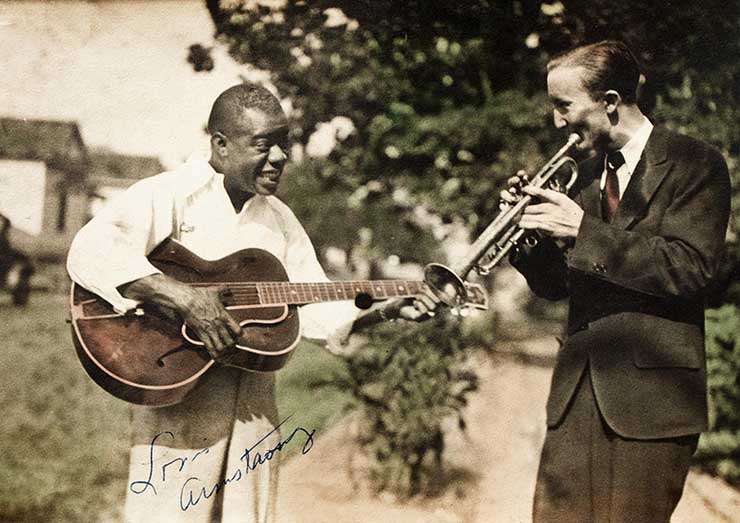
Quinn was shy in public settings. He was self-conscious about his deformities and tended to hide in the shadows. “His head was on crooked,” said guitarist Les Paul, “and his body was deformed so he didn’t want to go out in public.”
New Orleans drummer Godfrey Hirsch said that the New York trip was probably less than six weeks duration:
“They never did put him in the band; all Whiteman used him for was to take him around to these parties and entertain Whiteman’s friends . . . the musicians, they’d want to go up to his hotel room. . . the poor guy could never sleep. Guys like Eddie Lang, Dick McDonough, Carl Kress and all these guys . . . he wasn’t making records . . . So, he quit Whiteman and he come on home and never did go out of town anymore after that.”
“Out of Nowhere” was recorded in Quinn’s New Orleans Hospital room by Johnny Wiggs in 1948.
Returning Home
In March 1929 Quinn returned to his Louisiana stomping grounds around Bogalusa. He took occasional jobs outside the area. In North Carolina he made a few Victor records with Jimmie Davis — a mediocre but successful Country music singer and future politician. But mostly he was employed at a Goodyear Tire garage and played for local bands, theaters and parties.
Snoozer’s health had never been robust and was severely impacted by chronic alcoholism. In 1940 he was hospitalized for tuberculosis dying in 1949. He’s yet another reminder of how many outstanding young jazz musicians were lost to tuberculosis, including guitarist Charlie Christian.
The Wiggs Discs and a Legacy Salvaged
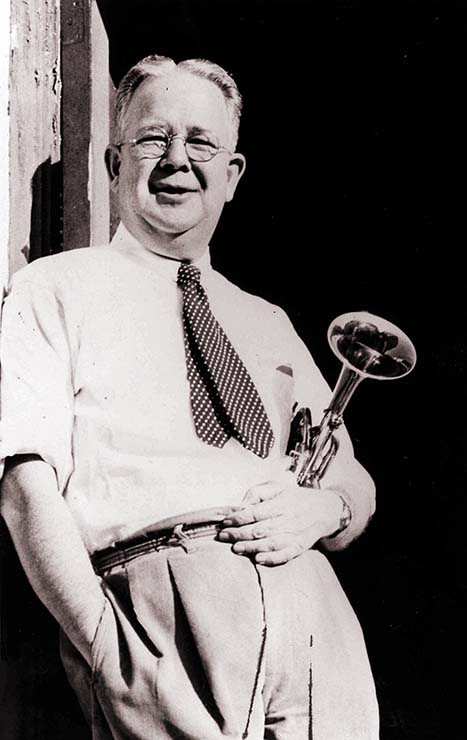
Not long before his passing, Snoozer was visited in his New Orleans hospital room by local trumpet player Johnny Wiggs. Using a portable disc-recording machine he recorded with Snoozer, capturing the only surviving examples of Quinn’s gift.
The music is astounding given his illness, the limited technology and adverse circumstances. The music has been issued from time to time. Wiggs recalled the impromptu hospital-room session:
“He was in this little room about 6 by 10 foot. . . During one number the telephone started ringing, so I had to throw the phone off the hook. . . I didn’t want to tire Snoozer as he was pretty weak then. . . He’d been working with an amplified guitar a lot and I had an awful time trying to get him to play without any amplification. Unfortunately, there was only a couple of choruses of his picking style, for which he was best known.”
Snoozer Quinn died on April 21, 1949. The local Bogalusa Enterprise & American made it clear that he was well-loved:
“Mr. Quinn, who was one of Bogalusa’s best known and most popular citizens, had been confined to bed for the past several months, but his death still came as a shock to his many friends and relatives. Mr. Quinn was one of the most talented musicians in the South and for a number of years was featured with some of the leading orchestras in the nation. Despite his lingering illness Eddie, as Mr. Quinn was known to his many friends, was cheerful until the time of his death and was a ‘favorite’ among the patients and staff of the hospital.”
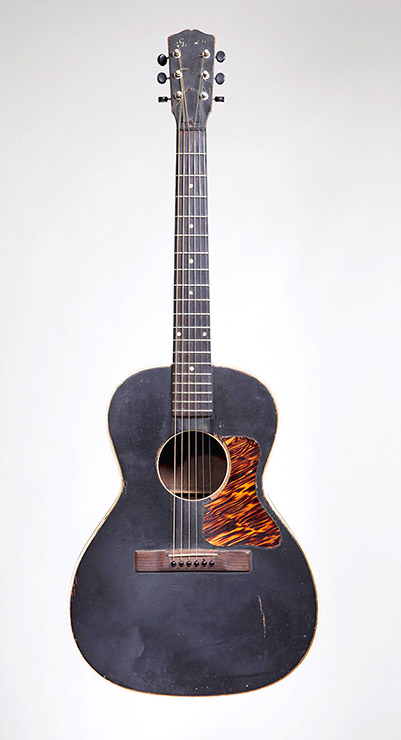
Hopefully, someday there will be a heart-warming Oscar-winning biopic dramatizing the life and times of Snoozer Quinn. Meanwhile, the true facts of his story and inner workings of his style are preserved in this concise volume.
Writing and research of this depth and commitment is bringing alive lost legends of jazz. In recent times, jazz writing has matured beyond marquee-name biography and encyclopedic cataloging. Family legacies have enriched publication of biographies, memoirs and monographs about lesser-known musicians, offering us granular, high-resolution observations deep into the musical past.
Congratulations to Katy Hobgood Ray and Dan Sumner for an extraordinary job well done.
Snoozer Quinn: Fingerstyle Jazz Guitar Pioneer
By Katy Hobgood Ray and Dan Sumner
Out of the Past Music LLC, 2021
ISBN-13 : 978-1667843414
Links:
Jazz Guitar Pioneers on JazzRhythm
The Magic of Snoozer Quinn – Stream 17 Snoozer Quinn tracks on this YouTube Channel
Poor Old Snoozer Quinn – An audio/visual exploration




